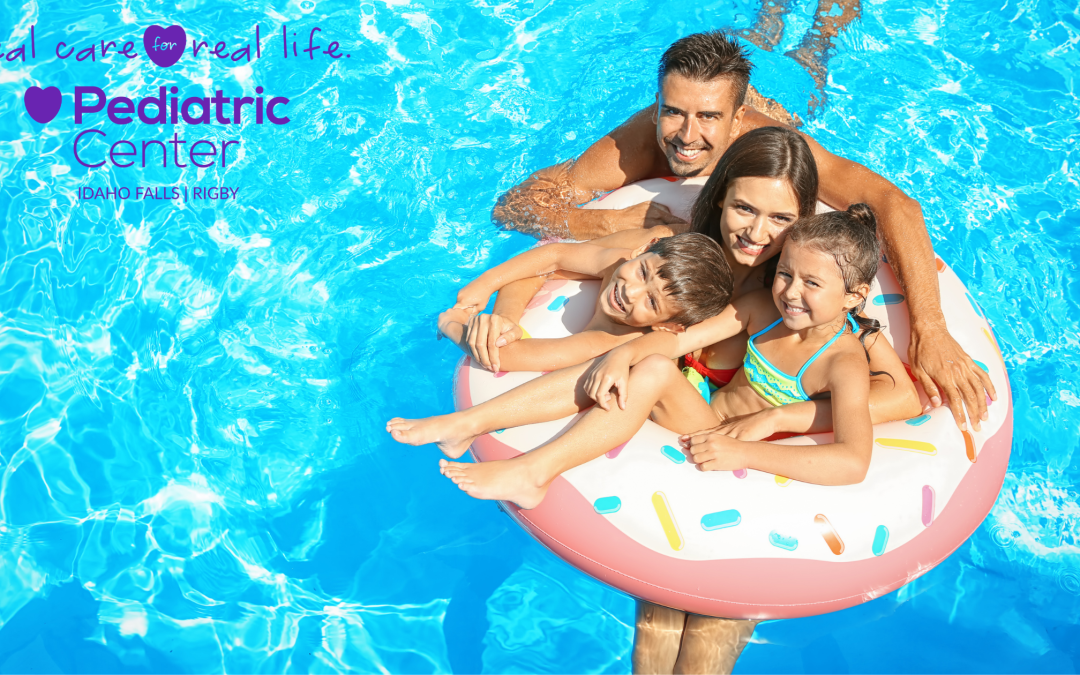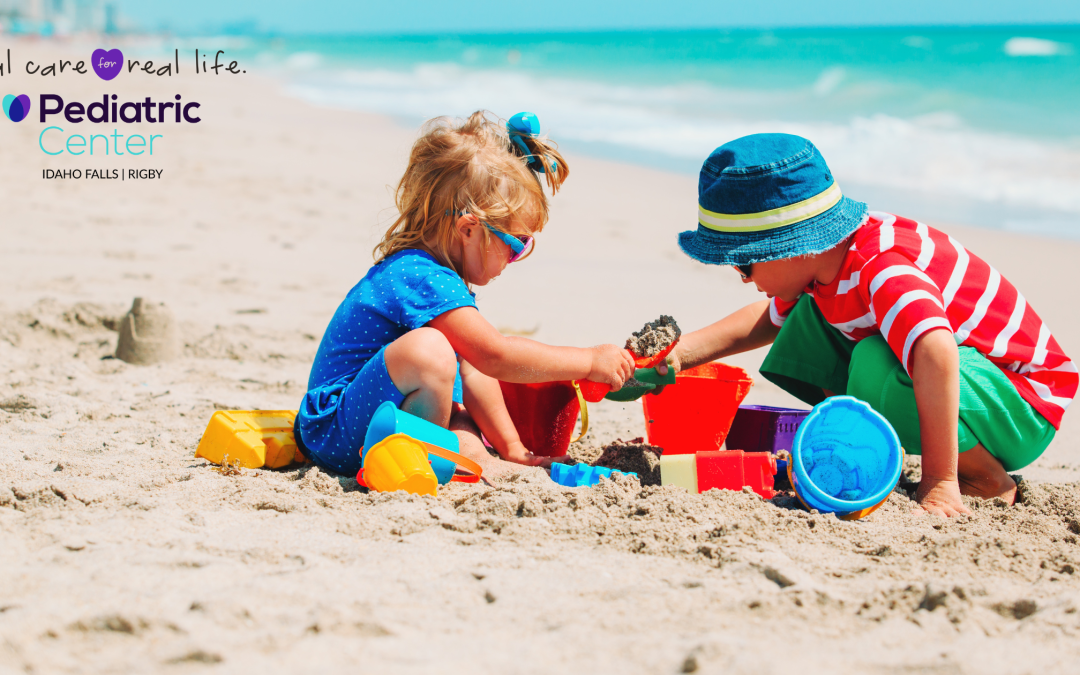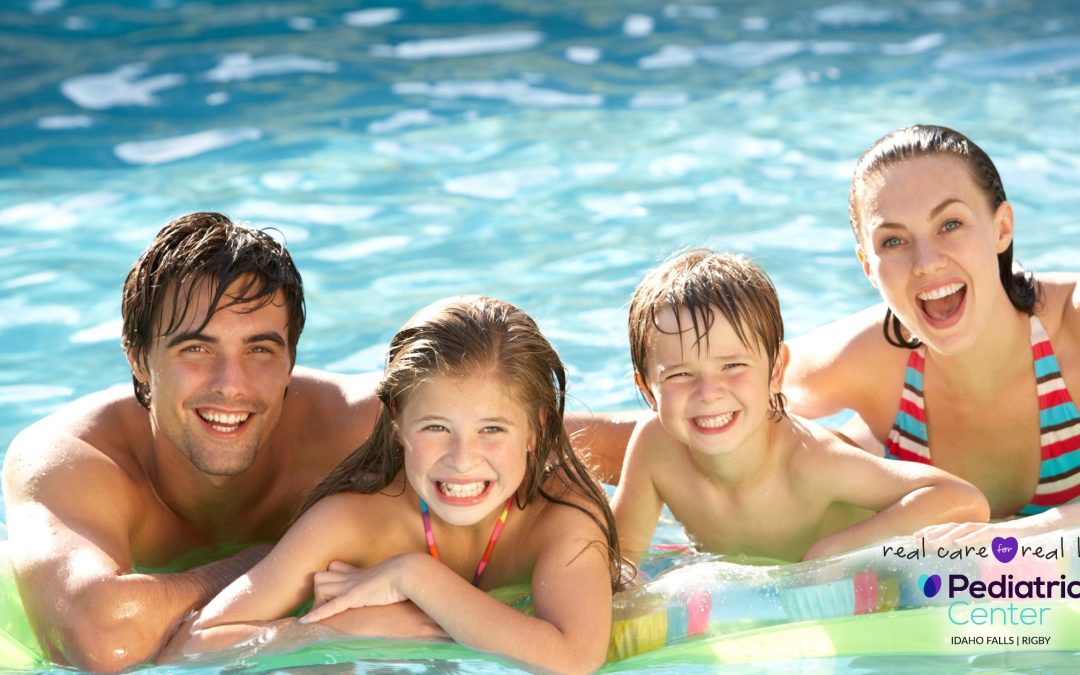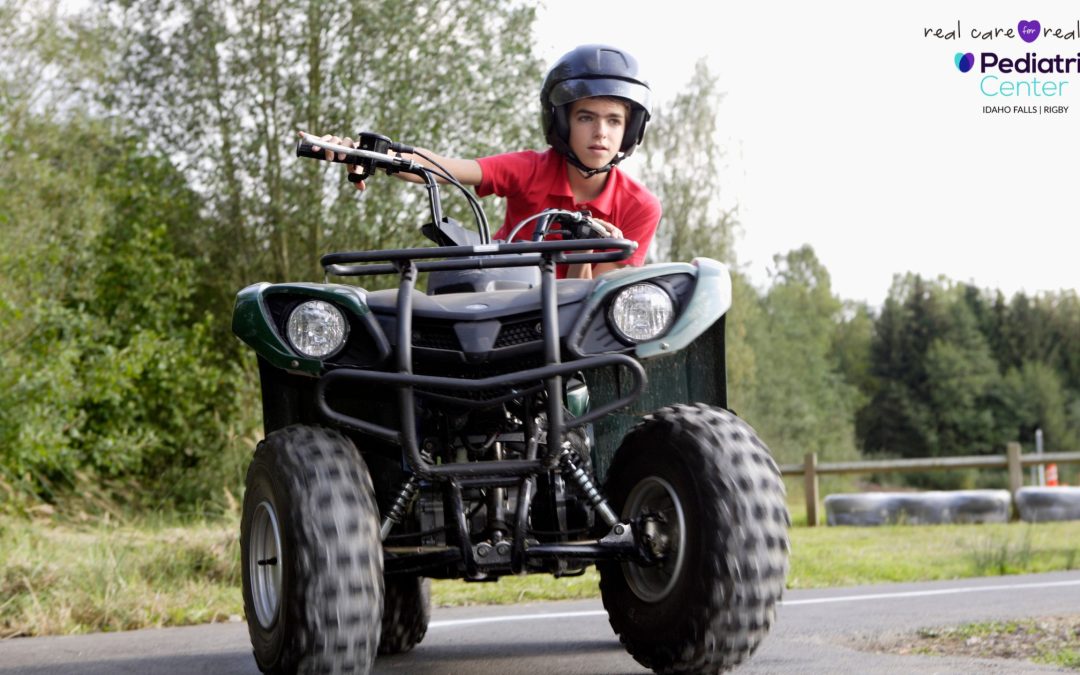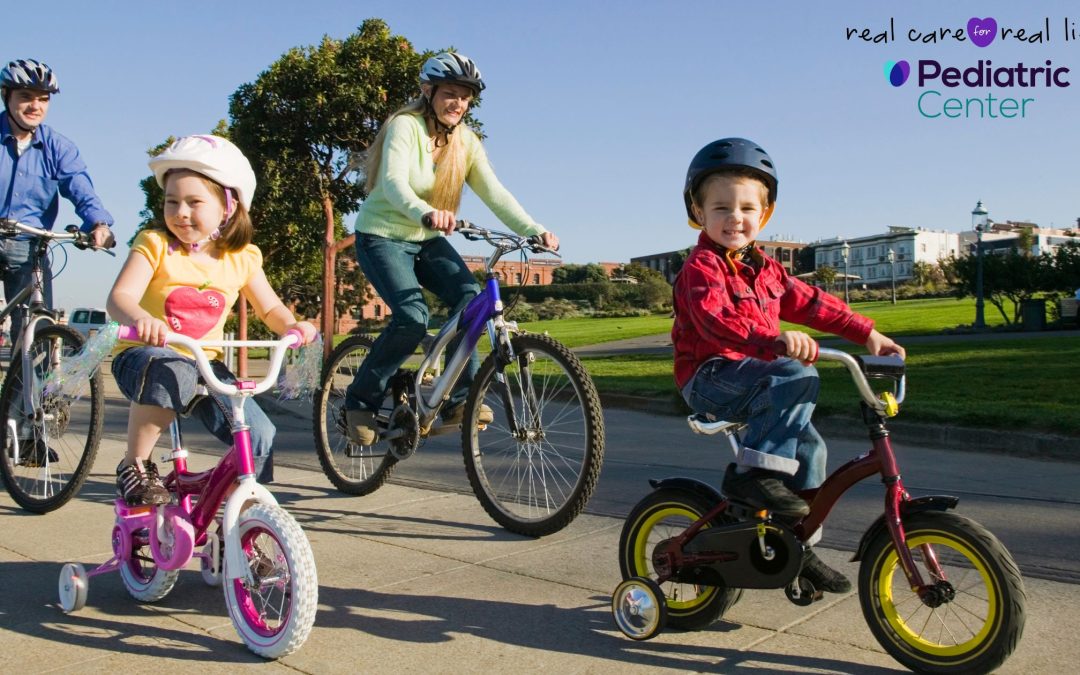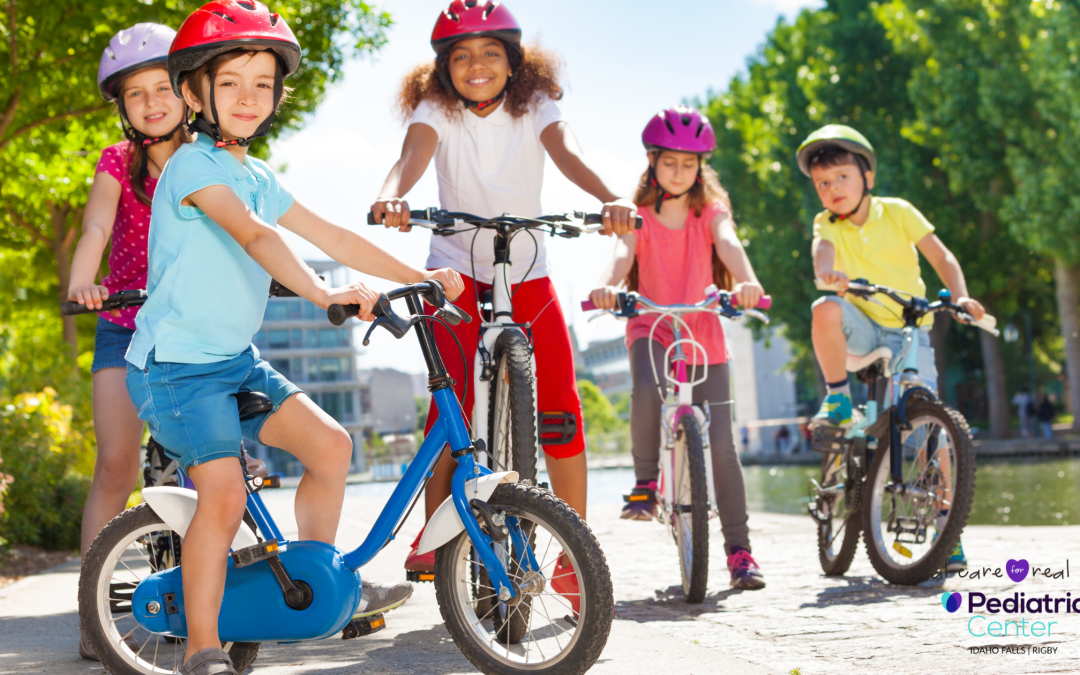
Summer Tips to Keep Your Child Healthy and Happy
Summer is a time for sunshine, outdoor adventures, and lasting memories. As your family enjoys pool days, hikes, and playdates, it’s essential to keep your child’s health and safety in mind. At The Pediatric Center, we want every child to have a safe, happy summer filled with fun — and that starts with a few simple precautions.
Key Takeaways:
-
Keep children protected from sun exposure with SPF 30+ sunscreen, hats, and shade.
-
Stay hydrated with water throughout the day, especially during outdoor play.
-
Watch for signs of heat exhaustion or dehydration.
-
Supervise all water activities closely — even for confident swimmers.
-
Use bug protection and proper clothing to prevent bites and stings.
-
Practice ATV safety by following age guidelines, using helmets, and riding responsibly.
1. Sun Protection is a Must
Children’s skin is more sensitive to the sun, which means sunburns can happen fast. Apply a broad-spectrum sunscreen with SPF 30 or higher at least 15 minutes before going outside and reapply every two hours—or more often if swimming or sweating. Don’t forget to cover often-missed areas like ears, the back of the neck, and tops of feet.
Pro Tip: If your child gets a sunburn, apply cool compresses and aloe vera gel to soothe the skin. Encourage extra hydration, and keep the area out of direct sun while it heals.
2. Hydration, Hydration, Hydration
Kids may not always recognize the signs of thirst, so it’s up to parents to keep water flowing. Encourage regular water breaks, especially during physical activity or hot weather. Avoid sugary or caffeinated drinks, which can contribute to dehydration.
Watch for signs of dehydration, such as:
-
Dry mouth
-
Dizziness
-
Fatigue
-
Fewer wet diapers or trips to the bathroom
3. Beat the Heat Safely
Too much heat can lead to heat exhaustion or heatstroke, especially in active kids. Keep playtime in shaded areas and schedule outdoor activities for early morning or evening when it’s cooler.
If your child becomes flushed, dizzy, or unusually tired, move them to a cool space, offer water, and contact a healthcare provider if symptoms persist.
4. Water Safety Is Non-Negotiable
Whether it’s a backyard pool, lake, or water park, constant adult supervision is the number one rule. Drowning can happen silently and in just seconds, even in shallow water.
Other water safety tips:
-
Enroll kids in swimming lessons suited to their age and ability.
-
Always use U.S. Coast Guard-approved life jackets near open water.
-
Never rely solely on floaties or inflatable toys for safety.
5. Protect Against Bugs and Bites
Insects love summer too, and some carry risks like Lyme disease or West Nile virus. Use child-safe insect repellent with DEET or natural alternatives like oil of lemon eucalyptus (for children over 3 years). Dress your child in long sleeves and pants in wooded or grassy areas.
Check for ticks after hikes, and teach kids not to touch bees or unknown bugs.
If your child does get a bug bite, a few simple home remedies can help soothe the itch. A cold compress can quickly reduce swelling and discomfort. Applying a small amount of baking soda paste (just baking soda and water) or pure aloe vera gel can calm irritation and promote healing. For multiple bites, an oatmeal bath is a gentle way to relieve itchiness all over. Always avoid scratching, and contact your provider if the bite shows signs of infection or allergic reaction.
6. Stay Active – But Safely!
Biking, skateboarding, and other summer sports are great ways to stay active—but safety gear is a must. Always have your child wear a helmet, knee pads, and elbow pads when needed.
Also, make sure playgrounds have soft ground surfaces and are appropriate for your child’s age.
7. ATV Safety for Kids
ATVs (all-terrain vehicles) are popular in rural and recreational areas but pose serious risks for children if not used properly. According to the American Academy of Pediatrics, children under 16 should not operate adult-sized ATVs due to the risk of injury.
Key ATV safety tips:
-
Always wear a DOT-compliant helmet, goggles, and protective gear.
-
Never allow a child to ride an ATV that’s too large for their age or size.
-
Avoid paved roads — ATVs are designed for off-road use.
-
No passengers unless the ATV is specifically designed for more than one rider.
-
Supervise children at all times when riding and avoid high speeds or rough terrain.
Why Choose The Pediatric Center for Summer Health Needs?
At The Pediatric Center, we’re here to support your child’s health in every season. Whether it’s a summer cold, bug bite reaction, or sports injury, our pediatric providers offer expert care and helpful guidance for your family’s peace of mind.
Let’s Make This Summer Safe and Memorable
With a little preparation and awareness, your child can enjoy every sunny moment to the fullest. If you have questions about summer health concerns or need to schedule a check-up, contact The Pediatric Center today. We’re here to help you navigate the season with confidence and care.
The information provided in this blog is for educational purposes only and is not intended as medical advice. If you have concerns about your child’s development or suspect they may have autism, please consult with a healthcare professional or pediatric specialist. The Pediatric Center is here to offer guidance, diagnosis, and personalized care. Always seek the advice of your physician or another qualified healthcare provider with any questions you may have regarding your child’s health and development.

